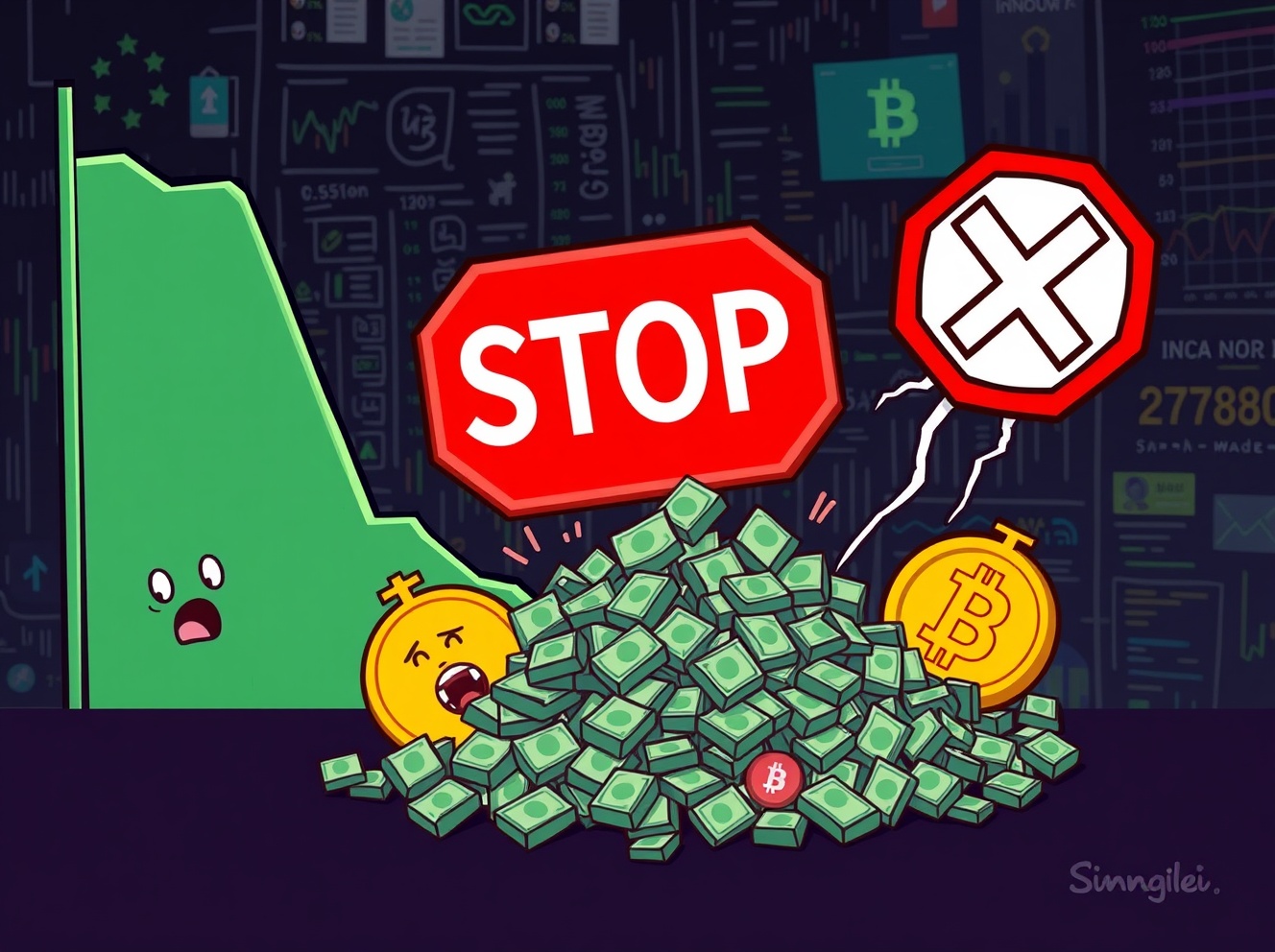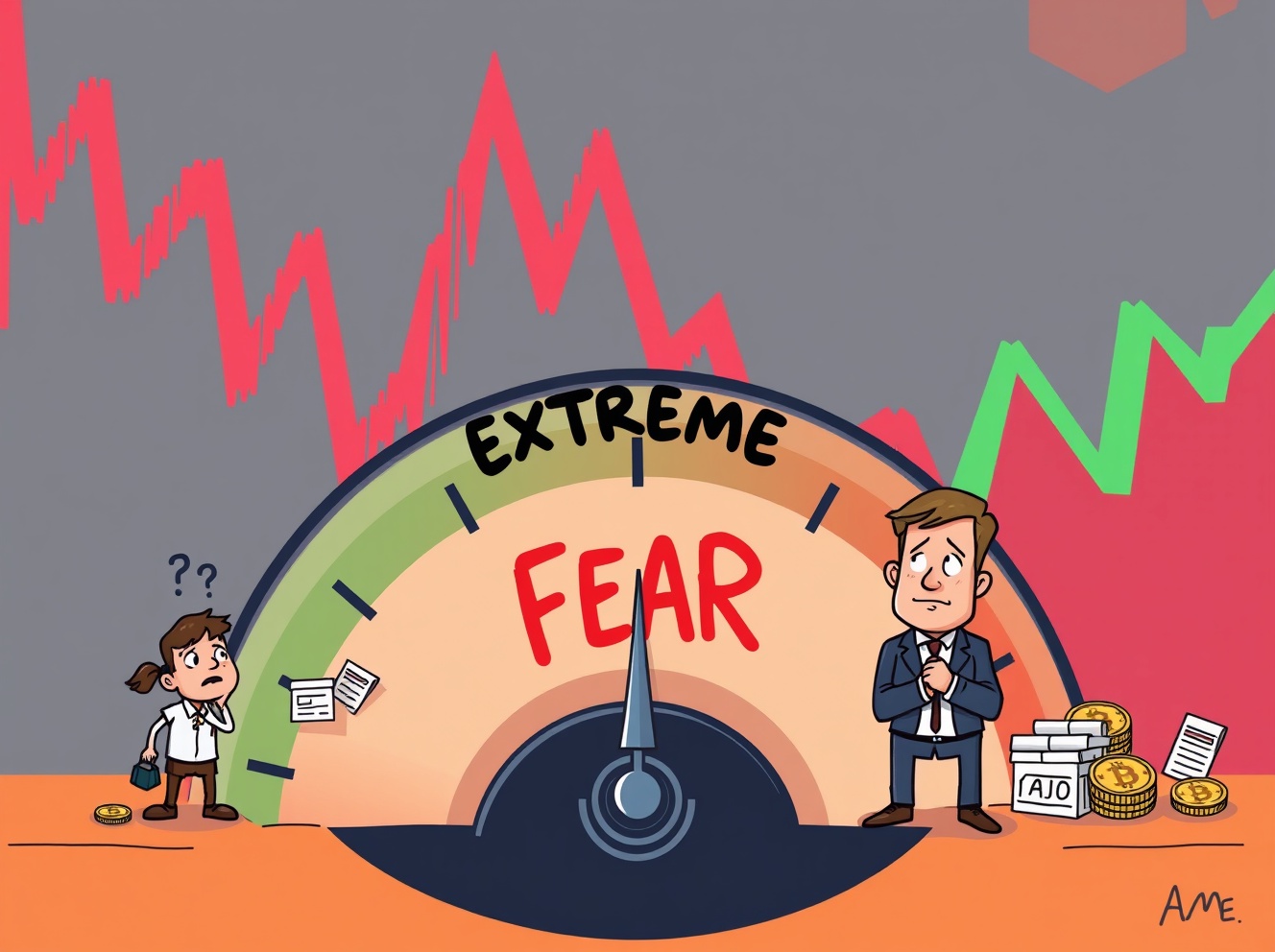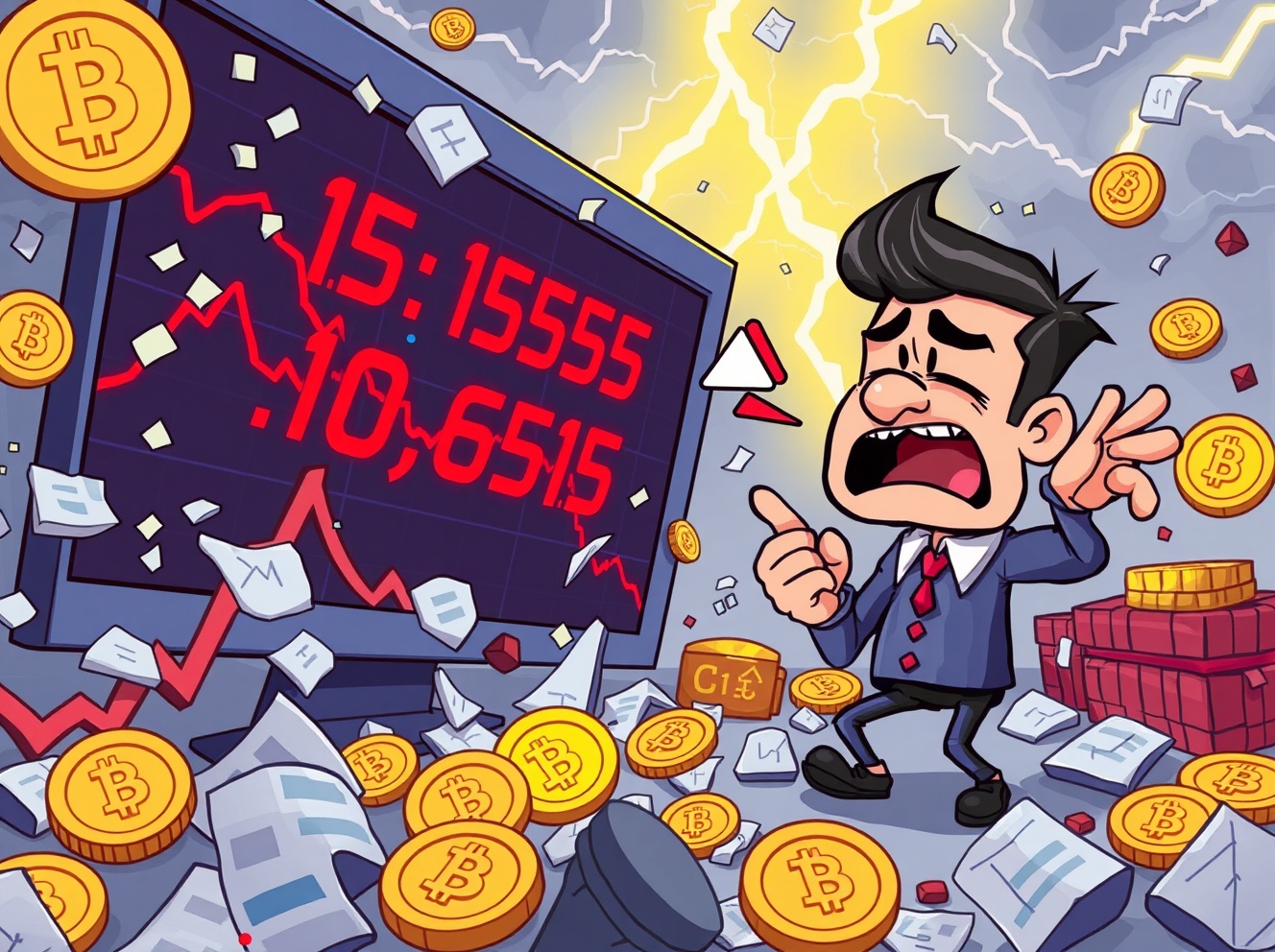
BitcoinWorld Massive Crypto Futures Liquidation: Over $346 Million Wiped Out in an Hour The cryptocurrency market just experienced a dramatic event, witnessing a significant crypto futures liquidation . In a startling turn of events, major exchanges saw an astounding $346 million worth of futures contracts liquidated within a single hour. This immediate financial impact serves as a powerful reminder of the inherent volatility and high stakes involved in derivatives trading within the digital asset space. Over the past 24 hours, the total figure swelled to an alarming $1,633 million in liquidated futures, underscoring a period of intense market pressure and rapid price movements. Understanding Crypto Futures Liquidation What exactly is a crypto futures liquidation , and why does it matter? Futures contracts are agreements to buy or sell an asset at a predetermined price on a future date. Traders often use leverage, borrowing funds to amplify their potential returns. While leverage can boost profits, it also magnifies losses. A liquidation occurs when a trader’s position falls below a certain margin requirement, meaning they no longer have enough collateral to cover potential losses. When this happens, the exchange automatically closes the position to prevent further losses. This mechanism protects the exchange and the lender but can be devastating for the trader. It is a common occurrence in highly volatile markets, and its scale often reflects significant price swings. The Recent Shockwave: $346 Million in an Hour The recent event saw a staggering $346 million in crypto futures liquidation within a mere sixty minutes. This rapid unwinding of positions indicates an abrupt and substantial price movement that caught many leveraged traders off guard. Such swift liquidations often trigger a cascading effect, where forced selling further drives down prices, leading to more liquidations. This phenomenon can exacerbate market downturns, creating a ‘liquidation cascade’ that accelerates price declines. The 24-hour total of $1.633 billion further highlights the widespread impact across various cryptocurrencies and trading pairs. Bitcoin and Ethereum, being the largest assets, typically account for a significant portion of these liquidations due to their high trading volumes and open interest in futures markets. Why Do These Massive Liquidations Happen? Several factors contribute to large-scale crypto futures liquidation events: Sudden Price Swings: Unexpected news, whale movements, or macroeconomic factors can cause rapid price changes, pushing leveraged positions into negative territory. High Leverage: Many traders use extremely high leverage (e.g., 50x, 100x), meaning even small price movements can lead to liquidation. Market Contagion: A liquidation in one asset or exchange can sometimes spill over, affecting sentiment and prices across the broader market. Lack of Stop-Loss Orders: Traders who do not set appropriate stop-loss orders are more vulnerable to sudden market shifts. These events serve as a stark reminder of the risks associated with highly leveraged trading in an unregulated and often unpredictable market. Impact on Traders and the Broader Market For individual traders, a crypto futures liquidation can mean significant, often total, loss of their invested capital. It is a painful experience that can deter participation in futures markets. Beyond individual losses, these events also affect overall market sentiment. Large liquidations can: Indicate bearish sentiment if the liquidations are predominantly long positions. Increase market volatility as forced selling adds to price pressure. Shake investor confidence, especially among newer participants. However, liquidations also clear out over-leveraged positions, potentially setting the stage for a healthier, more sustainable market rebound once the dust settles. Navigating Volatility: Actionable Insights for Traders Understanding the risks of crypto futures liquidation is crucial. Here are some actionable insights for traders: Manage Leverage Wisely: Avoid excessive leverage. Use only what you are comfortable losing. Implement Stop-Loss Orders: Always set stop-loss orders to limit potential losses automatically. Diversify Your Portfolio: Do not put all your capital into highly leveraged futures positions. Stay Informed: Keep abreast of market news, economic indicators, and technical analysis to anticipate potential price movements. Understand Margin Requirements: Be aware of the margin levels required by your exchange and monitor your positions closely. Responsible trading practices are paramount to surviving and thriving in the volatile crypto futures market. The recent $346 million crypto futures liquidation event serves as a powerful testament to the high-risk, high-reward nature of derivatives trading in the cryptocurrency space. While such events can be devastating for individual traders caught on the wrong side, they are an intrinsic part of a dynamic market. For those engaging with futures, prudence, risk management, and continuous learning are not just advisable but essential for long-term success. Understanding these market mechanics helps traders navigate the complexities and make more informed decisions, ultimately fostering a more resilient trading strategy. Frequently Asked Questions (FAQs) Q1: What does it mean when futures are ‘liquidated’? A1: Liquidation occurs when a trader’s leveraged position in a futures contract falls below the required margin level. The exchange automatically closes the position to prevent further losses, resulting in the loss of the trader’s collateral. Q2: Why did such a large crypto futures liquidation happen so quickly? A2: Large liquidations happen quickly due to sudden and significant price movements in the underlying asset. When prices move sharply against many highly leveraged positions simultaneously, it triggers a cascade of automatic closures. Q3: How does leverage contribute to crypto futures liquidation? A3: Leverage amplifies both gains and losses. While it can increase profits on favorable price movements, it also means a smaller adverse price movement can quickly deplete a trader’s margin, leading to liquidation. Q4: Are crypto futures liquidations common? A4: Yes, liquidations are a common occurrence in the volatile cryptocurrency futures market, especially during periods of high price fluctuations. The scale of liquidations varies significantly. Q5: What can traders do to avoid crypto futures liquidation? A5: Traders can minimize the risk of liquidation by using lower leverage, setting strict stop-loss orders, diversifying their portfolio, and closely monitoring market conditions and their margin levels. If you found this article insightful, please consider sharing it with your network on social media. Your shares help us continue to provide valuable insights into the dynamic world of cryptocurrency. To learn more about the latest crypto market trends, explore our article on key developments shaping crypto market price action. This post Massive Crypto Futures Liquidation: Over $346 Million Wiped Out in an Hour first appeared on BitcoinWorld .
Bitcoin World
You can visit the page to read the article.
Source: Bitcoin World
Disclaimer: The opinion expressed here is not investment advice – it is provided for informational purposes only. It does not necessarily reflect the opinion of BitMaden. Every investment and all trading involves risk, so you should always perform your own research prior to making decisions. We do not recommend investing money you cannot afford to lose.
XRP ETF: Franklin Templeton’s Crucial Step Towards Spot Approval
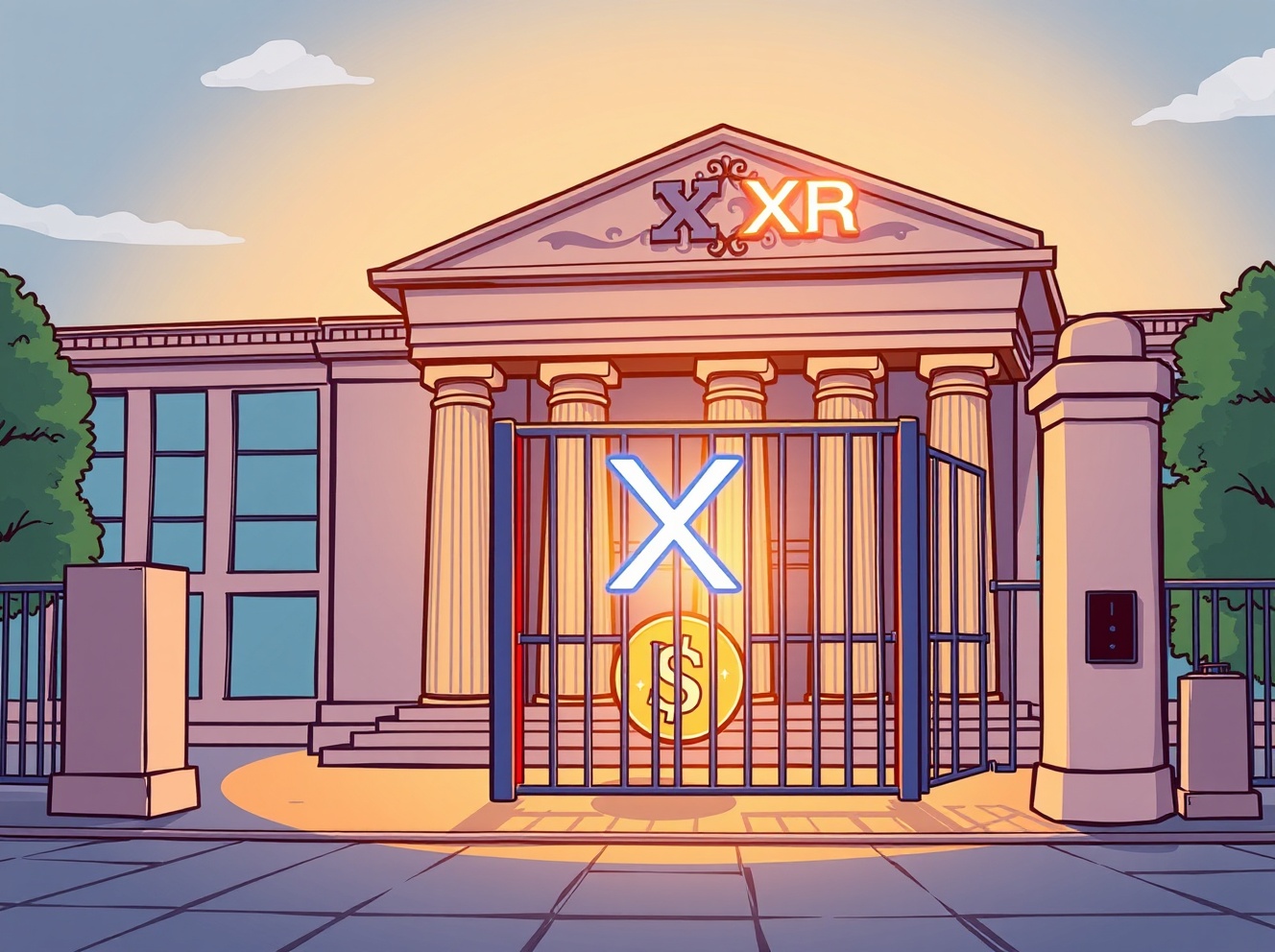
BitcoinWorld XRP ETF: Franklin Templeton’s Crucial Step Towards Spot Approval The world of digital assets is buzzing with exciting news! Franklin Templeton, a major player in the investment management space, has taken a significant step forward, filing an amended S-1 application for its much-anticipated spot XRP ETF with the U.S. Securities and Exchange Commission (SEC). This development, initially brought to light by Bloomberg ETF analyst James Seyffart, marks a crucial moment for XRP enthusiasts and the broader cryptocurrency market. What exactly does this mean for the future of XRP and its journey into mainstream finance? What Does an Amended Spot XRP ETF Application Signify? When a firm like Franklin Templeton files an amended S-1 application for a spot XRP ETF , it signals continued engagement and a commitment to meeting regulatory requirements. An S-1 is essentially a registration statement that public companies file with the SEC before their securities can be traded on a national exchange. An amendment indicates that the issuer is responding to feedback from the SEC, refining their proposal, and providing more detailed information. This process is a common part of launching any new financial product, especially one as innovative as a spot XRP ETF . It shows that discussions are ongoing and that the issuer is actively working towards eventual approval. For the crypto community, each amendment brings us closer to potentially seeing XRP traded in a regulated, traditional investment vehicle. Why is a Spot XRP ETF So Important for XRP’s Future? The potential launch of a spot XRP ETF holds immense significance for the cryptocurrency. Here’s why: Enhanced Legitimacy: SEC approval would lend substantial credibility to XRP, positioning it alongside traditional assets and reducing perceived risks. This move could solidify XRP’s standing in the financial world. Institutional Adoption: ETFs provide a familiar and regulated gateway for institutional investors, who might otherwise be hesitant to directly hold cryptocurrencies. This could unlock massive capital flows and bring new participants into the XRP ecosystem. Increased Accessibility: Retail investors could gain exposure to XRP through traditional brokerage accounts, without needing to navigate complex crypto exchanges or manage private keys. This simplifies the investment process for many. Price Discovery and Liquidity: A successful ETF could lead to improved price discovery, increased trading volumes, and greater liquidity for XRP, benefiting all market participants. Navigating the Regulatory Landscape for a Spot XRP ETF While the filing of an amended application is a positive sign, the path to a fully approved spot XRP ETF is not without its hurdles. The U.S. Securities and Exchange Commission (SEC) has historically taken a cautious, and at times, litigious approach to cryptocurrencies. The ongoing legal saga between the SEC and Ripple, the company behind XRP, has cast a long shadow over XRP’s regulatory status. However, recent court rulings have provided some clarity, distinguishing between XRP’s institutional sales and programmatic sales on exchanges. This distinction has been a critical factor in renewing optimism for an XRP-based ETF. Each step taken by firms like Franklin Templeton demonstrates their belief in XRP’s future and their willingness to work within the regulatory framework, paving the way for a potential spot XRP ETF . Franklin Templeton’s amended S-1 application for a spot XRP ETF is more than just a procedural update; it’s a powerful indicator of the growing institutional interest and the persistent efforts to integrate digital assets into mainstream finance. While regulatory clarity remains an evolving process, this move signifies a hopeful trajectory for XRP. Investors and enthusiasts alike will be watching closely as this story unfolds, anticipating a future where XRP gains broader acceptance and accessibility through regulated investment vehicles. Frequently Asked Questions (FAQs) About the Spot XRP ETF Q1: What exactly is a spot XRP ETF? A: A spot XRP ETF (Exchange-Traded Fund) is an investment product that directly holds XRP, the native cryptocurrency of the Ripple network. It allows investors to gain exposure to XRP’s price movements through traditional brokerage accounts without having to buy and store the actual cryptocurrency themselves. Q2: Why is Franklin Templeton’s amended S-1 filing significant? A: An amended S-1 filing indicates that Franklin Templeton is actively engaging with the SEC, responding to their feedback, and refining their proposal for a spot XRP ETF . This signals continued commitment and progress toward potential approval, moving the application closer to meeting regulatory standards. Q3: What are the main benefits of a spot XRP ETF for investors? A: The primary benefits include increased accessibility for traditional investors, enhanced legitimacy for XRP as an asset class, potential for greater institutional adoption, and improved liquidity and price discovery for the cryptocurrency market. Q4: What challenges does a spot XRP ETF face in gaining SEC approval? A: The main challenges include the SEC’s cautious stance on cryptocurrencies, particularly the ongoing regulatory uncertainties surrounding XRP’s legal classification, stemming from the lawsuit between the SEC and Ripple. Regulatory clarity is crucial for approval. Q5: How does the SEC vs. Ripple lawsuit impact the prospects of an XRP ETF? A: The lawsuit has created regulatory ambiguity. However, recent court decisions distinguishing between XRP’s institutional and programmatic sales have provided some legal clarity, which is a positive development that could potentially ease the path for a spot XRP ETF approval. Did you find this article insightful? Share it with your friends and fellow crypto enthusiasts on social media to spread the word about this exciting development in the world of XRP and institutional finance! To learn more about the latest crypto market trends, explore our article on key developments shaping XRP institutional adoption. This post XRP ETF: Franklin Templeton’s Crucial Step Towards Spot Approval first appeared on BitcoinWorld . Bitcoin World
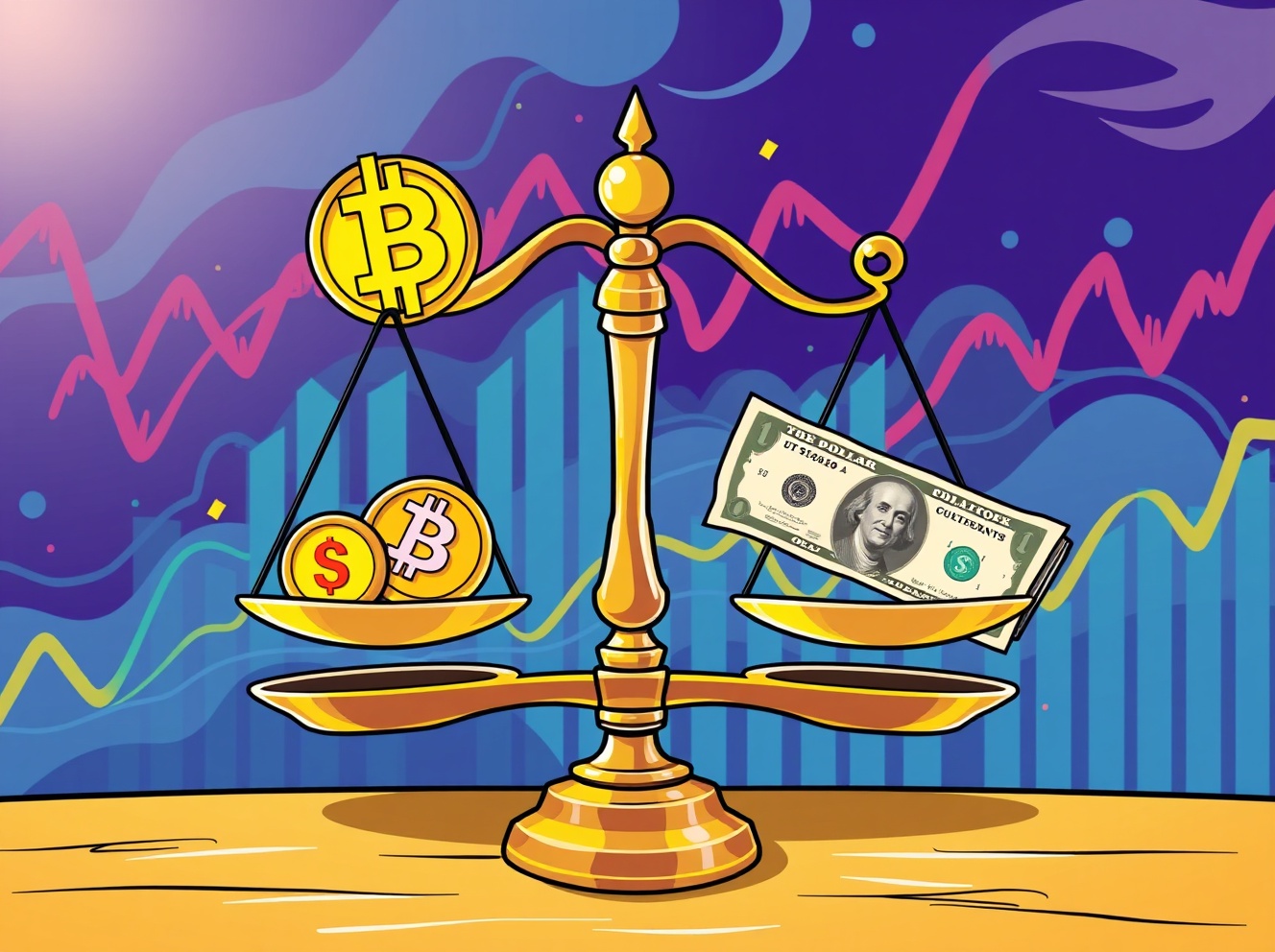
Revealing: How Cryptocurrency Eases Pressure on US Dollar According to Trump
BitcoinWorld Revealing: How Cryptocurrency Eases Pressure on US Dollar According to Trump In a surprising revelation that’s shaking financial circles, former President Donald Trump recently highlighted how cryptocurrency helps ease pressure on the US dollar. This acknowledgment from a major political figure brings fresh attention to digital assets’ growing role in global finance. But what does this mean for everyday investors and the broader economy? How Does Cryptocurrency Actually Ease Pressure on the US Dollar? When Trump mentioned cryptocurrency easing pressure on the US dollar, he touched on several key economic mechanisms. Cryptocurrency provides an alternative store of value that reduces reliance on traditional fiat currencies. This diversification helps distribute financial risk across different asset classes. Moreover, digital currencies create competition that encourages monetary innovation and fiscal responsibility. The global demand for US dollars creates significant pressure on the currency’s value and stability. Cryptocurrency offers international traders and investors additional options for cross-border transactions and wealth preservation. This reduces the constant strain on the dollar as the world’s primary reserve currency. What Are the Real Benefits of This Reduced Pressure? The benefits of cryptocurrency easing pressure on the US dollar extend throughout the economy. Here are the key advantages: Stable interest rates as the Federal Reserve faces less extreme monetary policy demands Reduced inflation risks from excessive money printing Enhanced financial sovereignty for individuals and nations Increased innovation in payment systems and financial technology Furthermore, when cryptocurrency absorbs some financial pressure, the US government gains more flexibility in managing economic crises. This buffer can be crucial during periods of market volatility or international trade disputes. Are There Challenges to This Emerging Relationship? While Trump’s observation about cryptocurrency easing pressure on the US dollar holds merit, several challenges remain. Regulatory uncertainty continues to create market instability. The volatile nature of digital assets means they can’t fully replace traditional currency functions yet. Additionally, technological barriers and security concerns prevent widespread adoption. Central banks worldwide are developing their own digital currencies in response. This competition could either complement or challenge existing cryptocurrencies. The relationship between digital assets and traditional finance remains complex and evolving. What Does This Mean for Future Financial Systems? The recognition that cryptocurrency eases pressure on the US dollar signals a fundamental shift in monetary thinking. Financial institutions are now seriously considering how to integrate digital assets into existing systems. This could lead to: Hybrid financial models combining traditional and digital systems Improved cross-border payment infrastructure Enhanced financial inclusion for underserved populations More resilient global economy through diversified currency options As more political and financial leaders acknowledge cryptocurrency’s role in easing pressure on the US dollar, we can expect accelerated innovation and regulatory clarity. This validation from influential figures like Trump marks a significant milestone in digital currency acceptance. Frequently Asked Questions How exactly does cryptocurrency reduce pressure on the US dollar? Cryptocurrency provides alternative investment and transaction options, reducing the dollar’s burden as the world’s primary reserve currency and payment method. Will cryptocurrency replace the US dollar entirely? Most experts believe cryptocurrency will complement rather than replace the dollar, creating a more diversified financial ecosystem. What risks come with cryptocurrency easing dollar pressure? Key risks include market volatility, regulatory uncertainty, and potential for reduced government control over monetary policy. How can ordinary investors benefit from this trend? Investors can diversify portfolios with cryptocurrency exposure while benefiting from potential dollar stability and financial innovation. What role do central banks play in this dynamic? Central banks are developing digital currencies and regulations that will shape how cryptocurrency interacts with traditional monetary systems. Is this trend good for the average American? Potentially yes, as reduced pressure on the dollar could mean more stable prices, better interest rates, and increased financial options. Found this insight into how cryptocurrency eases pressure on the US dollar valuable? Share this article with others interested in the future of finance and digital currencies! To learn more about the latest cryptocurrency trends, explore our article on key developments shaping digital assets and institutional adoption. This post Revealing: How Cryptocurrency Eases Pressure on US Dollar According to Trump first appeared on BitcoinWorld . Bitcoin World




